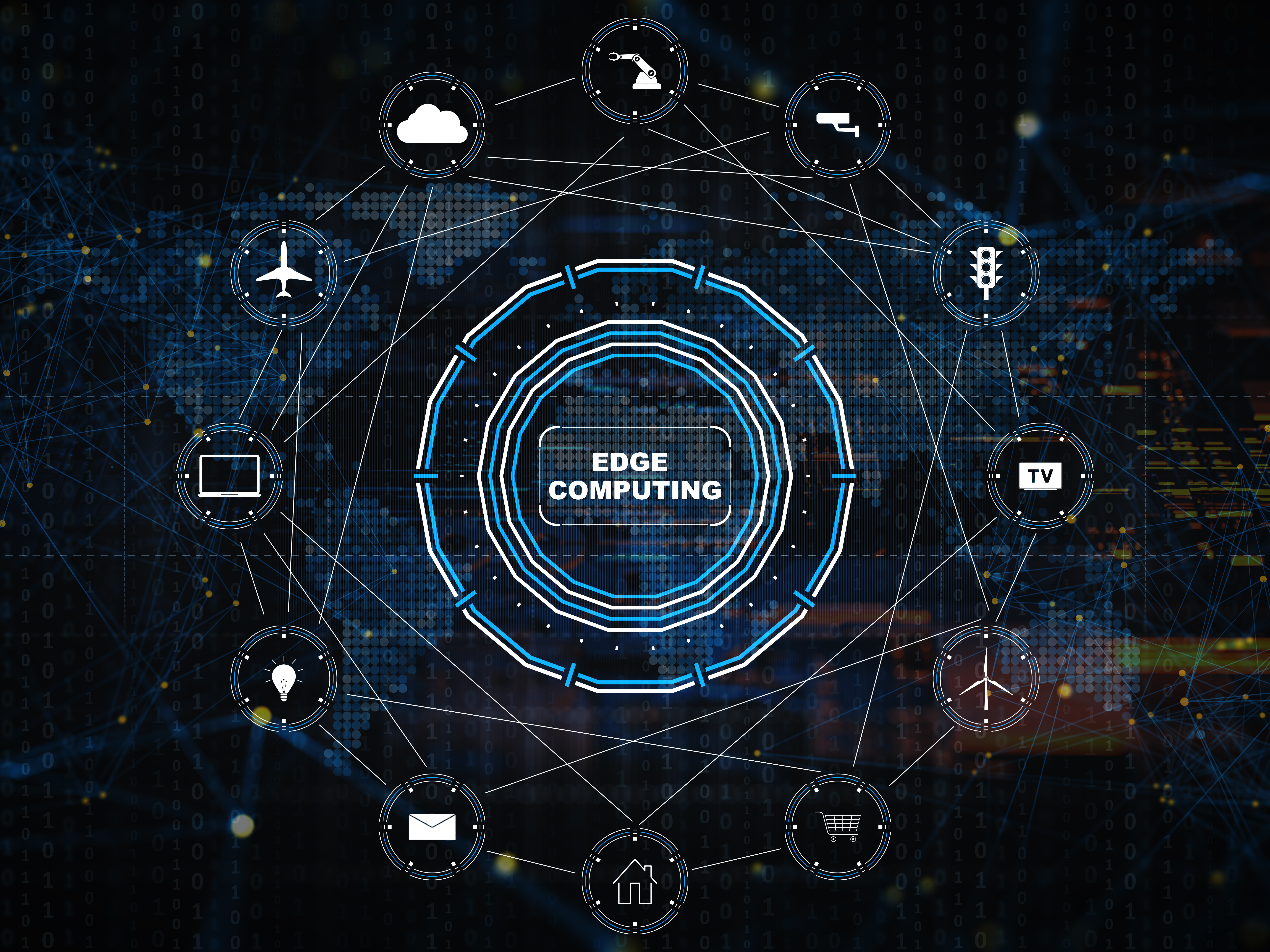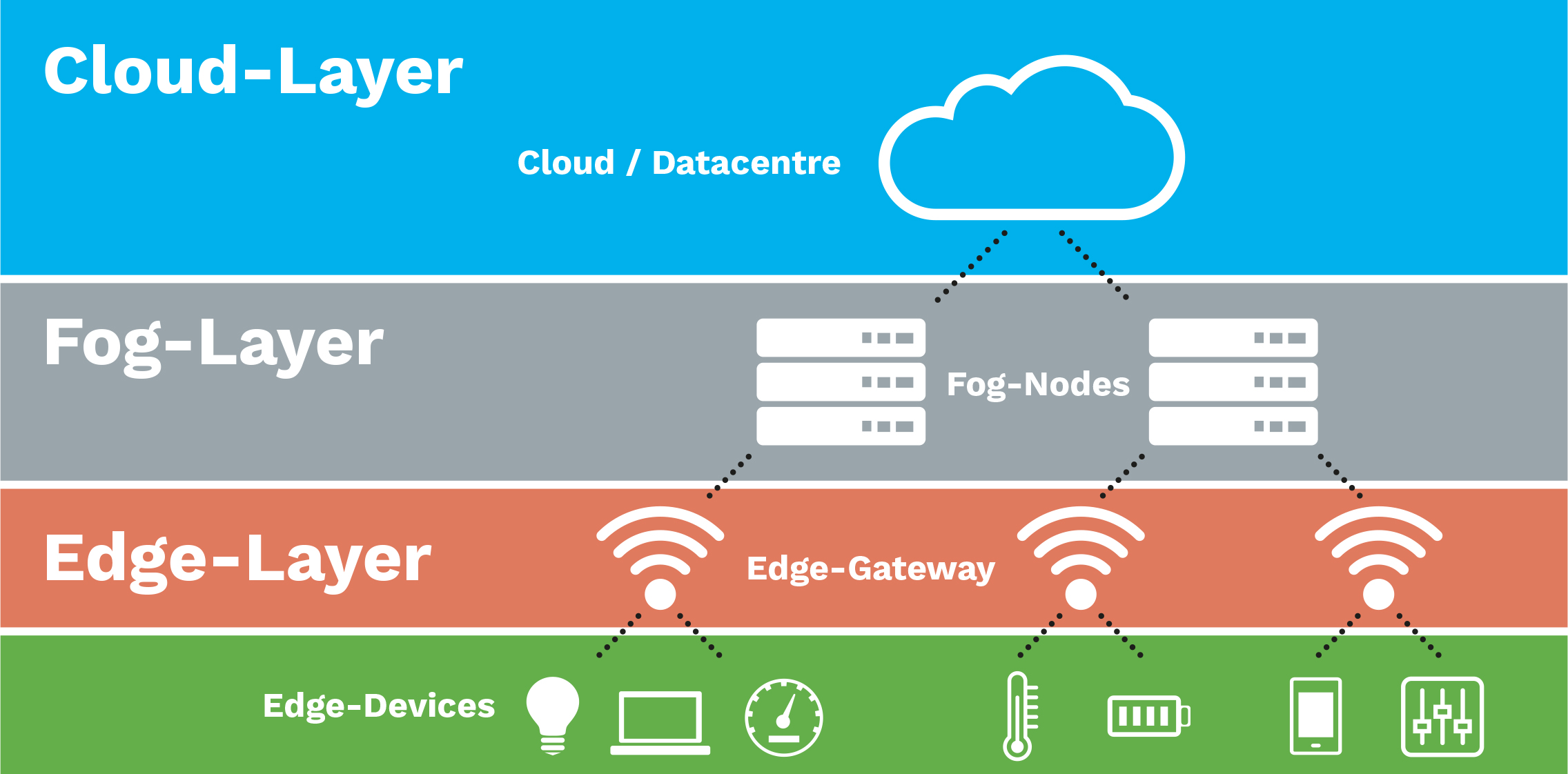For example, according to IDC Data Age Report 2025 “The Digitization of the World: From Edge to Core”: worldwide, the amount of data generated will reach 175 zettabytes (175 trillion gigabytes); more than 90 zettabytes of them will be created by peripheral devices.

In fact, we are close to living like in a science fiction TV series in which a robot cleans your house, the fridge reminds you to buy milk, the coffee pours with the exact quality you like, lights turn on automatically as the sprinklers on the yard, delivery companies can go inside your home while you are at work to deliver packages, among many other examples.
Truth is, the smarter our appliances, homes and companies get, the higher the pressure on data center managers: the more mechanical and digital machines are connected to the Internet, the more infrastructure these professionals need to manage.
Therefore, we want to discuss what are Cloud, Edge and Fog computing.

Cloud computing allows computing power and data storage without direct active management by the user. While the cloud may help improve productivity and efficiency in companies, it may produce latency which is less acceptable as users get comfortable using IOT devices and as the number of these devices increase.
Therefore, Edge computing improves response time and saves bandwidth because it takes computation and data closer to the user. This paradigm physically locates servers close to the users to run applications and their components. As a result, data does not have to travel back and forth to a server located in a centralized server at a faraway data center. However, the drawback is that data center managers will have to manage, optimize and maintain scattered infrastructure.
It is important to highlight that Edge computing is tightly integrated with the Cloud to provide a flexible solution that can meet the data collection and analysis needs of each organization. In real-time collection and analysis, the edge is ideal for certain workloads. The cloud can instead provide a central computing unit for large-scale analysis. Combined with each other, the two systems provide historical and real-time information on performance and allow processes such as machine learning and resource performance management.
Fog computing is a necessary architecture to make Edge Computing happen because it focuses on geographical distribution and context awareness. As a matter of fact, Fog computing helps improve latency and user experience by allowing to carry out a significant amount of computing storage and computation locally routed over the internet back bone. Nevertheless, it presents difficulties to access the information objectively which reduces the quality of the obtained content.
As you can see, Cloud, Edge and Fog Computing will be the driving forces of the next industrial revolution by transforming the manufacturing sector and services. However, there is no one solution fits all to solve the infrastructure problems of an interconnected world. But you should look for a business partner that is able to understand your data center needs.
For more information on UPS, visit this page about the Sentinel UPS.